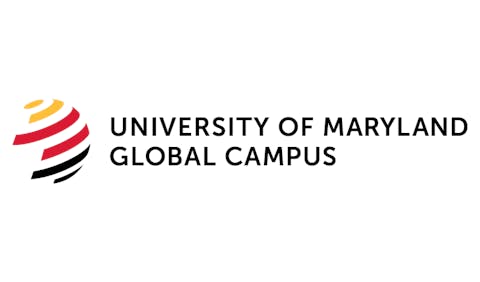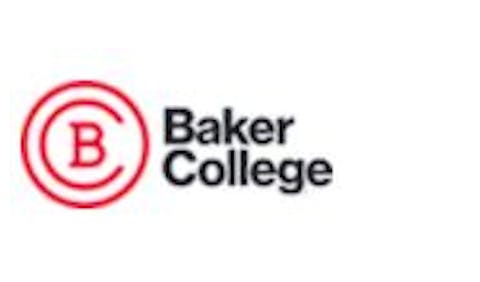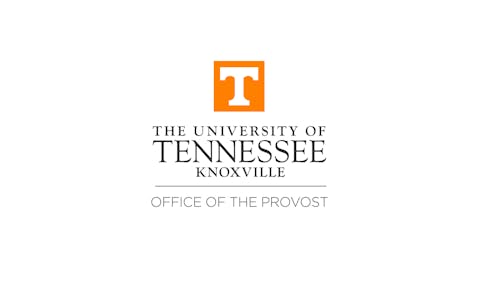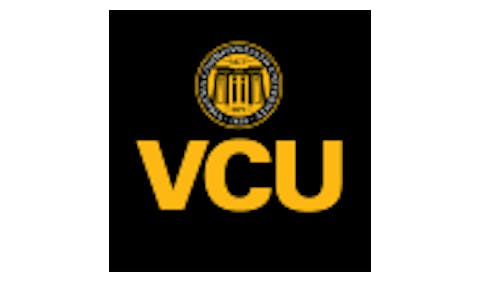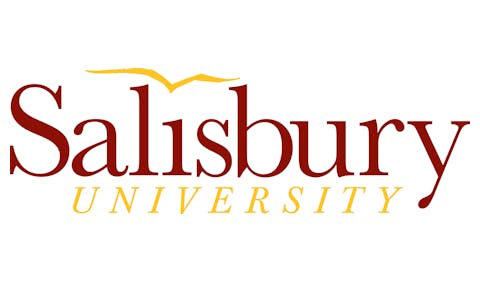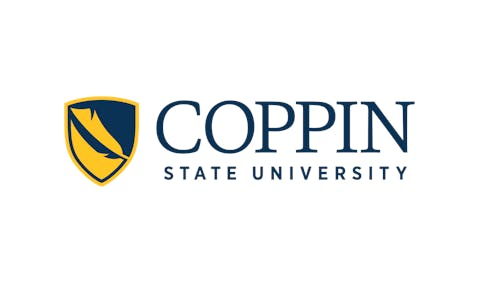While community colleges play a crucial role in providing accessible and affordable education to diverse student populations, many still struggle to fully accommodate students with disabilities, according to insights from community college students, faculty, and higher education experts.
These institutions often attract many students due to their smaller class sizes and affordability, making them a viable option for students with disabilities, according to Dr. Brett Ranon Nachman, an assistant professor of higher education at the University of Pittsburgh who specializes in research focused on how colleges can create more equitable learning environments for students with autism/disabilities and community college transfers.
“Community colleges are viable mechanisms for many students,” says Nachman. “In fact, if my memory holds right, I think for college students more broadly, 40% of college students are in community colleges. Community colleges serve an amazing number of students, particularly those from marginalized backgrounds.”
Yet, for students with disabilities—including neurodivergent learners—these institutions still present significant challenges. Dr. Monica Parrish Trent, Chief Program and Network Officer at Achieving the Dream, an organization focused on creating student success and equity at community colleges, says that students with disabilities often face administrative hurdles in accessing accommodations, as well as social and sensory barriers in classrooms.
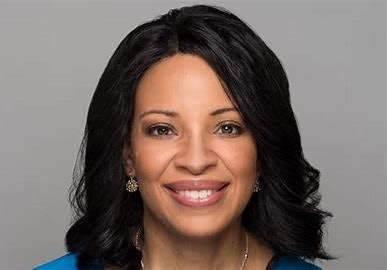 Dr. Monica Parrish Trent
Dr. Monica Parrish Trent
Finding support
Cricket Wellum, a neurodivergent student at Wake Tech Community College, says that getting accommodations for disabilities can be frustrating and complex.
“It’s almost like you need accommodations to get accommodations,” says Wellum, who completed an associate’s degree in 2023 and is currently working on a second associate’s degree before transitioning to a four-year institution. “You have to basically present your disability and speak with a disability office about what they can provide for you, but that process can be very confusing. As someone who is neurodivergent, just getting accommodations itself is very complicated.”
For students who previously held accommodations in K-12 education, the process does not always transition smoothly into higher education, says experts.
Beyond these administrative obstacles, physical and sensory barriers on campus can increase the difficulties neurodivergent students face, especially in the classroom. Large, crowded classrooms, bright fluorescent lighting, and overwhelming noise can create an overstimulating environment.
“Having those quiet rooms where you can just kind of take some space away from the commotion is important in terms of emotional regulation and also just recentering during a busy day,” says Nachman. “Libraries often are great tools, but toward that end, not everybody has the dedicated space, so that’s where it has to come from higher-ups realizing that all students can benefit from this, but particularly those who may need that additional kind of space for soothing and just getting away from everything.”
Self-advocacy is another significant barrier for students with disabilities, especially those who have not been taught how to navigate higher education institutional structures. Wellum points out that many neurodivergent students struggle with advocating for themselves.
“I would not be where I’m at without my support system helping me advocate for myself,” Wellum notes. “I am now at a point where I can, but that’s taken a lot of practice and a lot of hard knocks to get me to this point. I would say the majority of neurodivergent students, they’ve never been taught how to advocate for themselves.”
Advocacy, experts say, is a skill that institutions of higher learning should continue to reinforce to community college students alongside other skills like critical thinking.
“It’s not innate for everyone,” says Trent.
Pushing for inclusive design
Community college practitioners and higher education experts agree that inclusive design is essential for ensuring equitable access to education.
Solvegi Shmulsky, dean of the School of Liberal Studies and the Arts at Landmark College, a private college designed exclusively for students with learning disabilities, ADHD, autism, or executive function challenges, says that a welcoming and well-staffed disability services department encourages students to seek the help they need.
“If the disability services office is visible, welcoming, and adequately staffed, students seeking services are more likely to visit and pursue the help they need,” says Shmulsky.
Still, Wellum says that many instructors lack awareness of neurodivergence and what that might look like in students.
“I would say that education would be a great start,” says Wellum. “Sometimes I use the term neurodivergent, and faculty/staff don’t know what it means. They don’t know all that goes into neurodivergence, how many intersections there are to neurodivergence.”
Wellum is involved with Wake Tech’s student government and has already begun brainstorming ways to implement motions that raise awareness of neurodivergence and create campuswide discussions around accessibility in order to ensure students’ voices are heard in shaping a more inclusive academic environment.
Nachman recommends that instructors gather input from students at the start of each semester in order to tailor teaching strategies to ensure a more inclusive learning environment. In addition to better supporting students with disabilities in the classroom and on campus, Shmulsky recommends making some accommodations available to everyone “such as extra time built in for tests, making all notes available online, adopting a flexible late-work/extension policy, allowing for graded revisions on assignments,” she says. “These measures can help everyone, not just neurodivergent students.”
Some community colleges have already begun implementing Universal Design for Learning (UDL)---a framework to improve teaching and learning for all—on their campuses, such as Montgomery College’s Universal Design Center, which Trent highlighted as a model institution in providing faculty workshops and resources focused on inclusion. The institution hosts an ‘Inclusion by Design Summit’ and features workshops and a regular newsletter.
“That’s part of professional learning that they’re offering their faculty and staff to support those that are responsible for learning and instruction with their own learning around the best ways for students,” says Trent.
While discussions around disability often focus on barriers and ideas for improvement, experts point out that it is equally important to recognize the strengths neurodivergent students bring to campus environments,
“I would say the biggest strength is resilience,” says Wellum. “Many neurodivergent students have had many knocks in the road before they’ve gotten to where they are, and we have a unique ability of bouncing back and just trying again. And I think that’s really important not to give up.”
Creativity, experts point out, is equally important. “We have different perspectives and mindsets, which leads to new and diverse ideas, which are what really betters the campus and campus life,” says Wellum.
Shmulsky agrees, noting that in her experience, some of the most creative ways of thinking have come from neurodivergent students.
“Everyone processes the world a little differently and that diversity can be magnified in some individuals leading to great insight,” she says, adding that inclusive design on community college campuses is not just about following institutional standards, but fostering a culture of accessibility, awareness and belonging.
These higher education experts note that improving disability services, educating faculty and staff, implementing universal design principles, and creating sensory-friendly spaces are just a few of the ways community colleges can make higher education more accessible for students with disabilities.










